Tax Tools #6 – Retirement

This is a brief summary of findings about retirement and future financial plans. The research is based on recent listening sessions with voters, and the January 7-10 survey of 1200 voters. Key Takeaways 1.) Retirement was a prevalent concern throughout the research. Concern about running out of income in retirement was a stronger concern than […]
Washington Never Returned To Pre-COVID Spending Levels
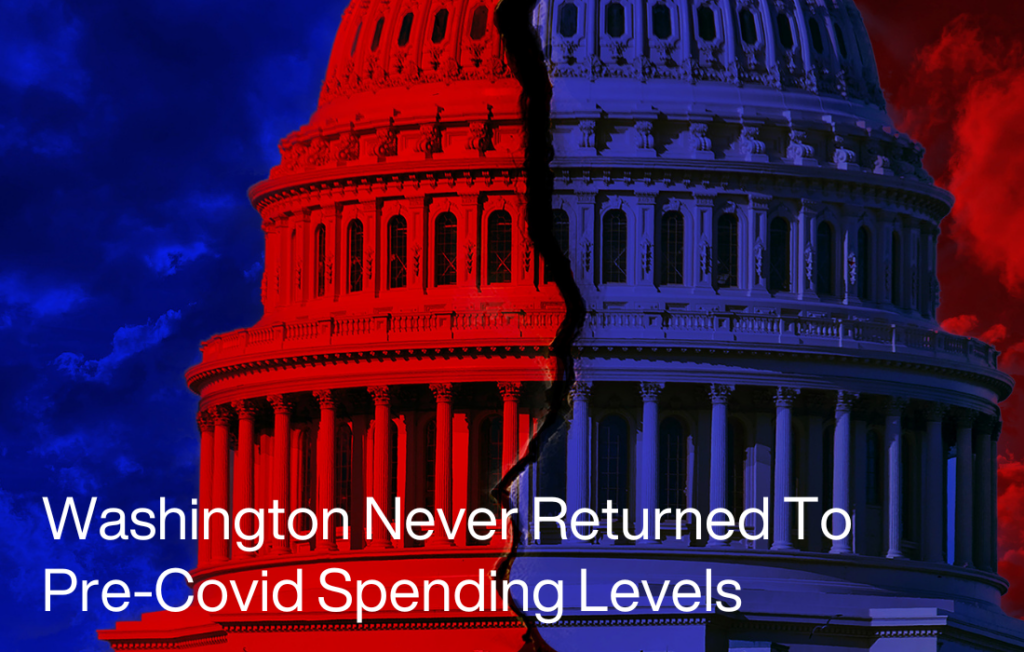
Washington is in an uproar over DOGE’s cost-cutting measures, but the inconvenient truth is that the federal government never returned to pre-COVID spending levels after the pandemic was over. Former President Biden announced COVID was over on September 18, 2022. On April 10, 2023, he signed the termination of the COVID-19 national emergency declaration. But according to Congressional […]
President Biden’s Final Score On Inflation
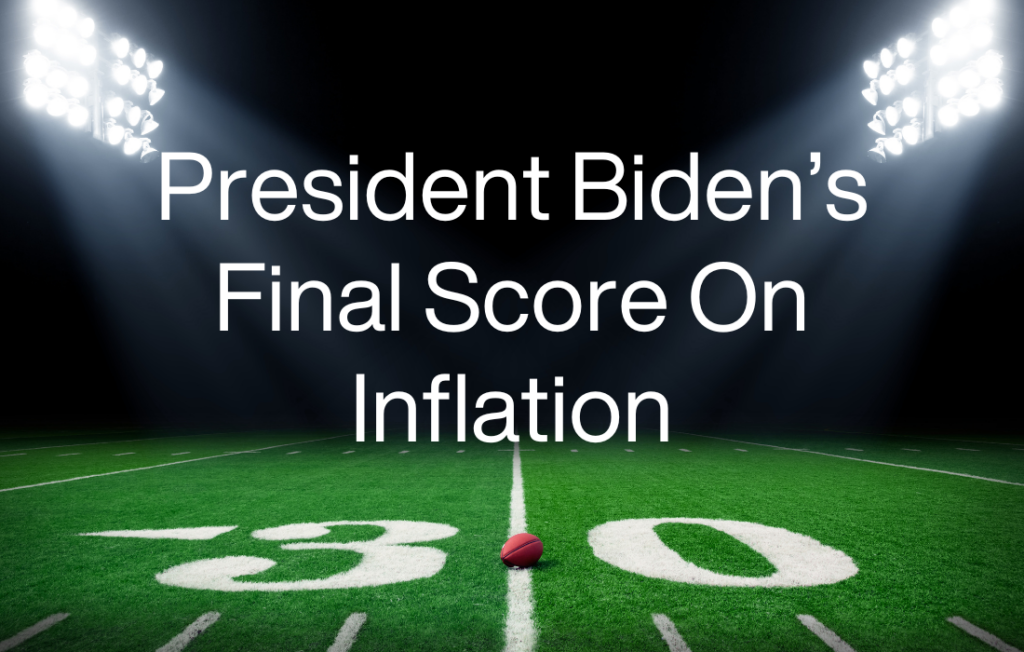
This morning’s inflation report came in hot with a 3% year over year Consumer Price Index. With this report being for the month of January, today’s result is the final score on inflation for the Biden presidency, putting the cumulative rate of inflation since the Biden inaugural month to the last month of his administration at […]
Do Voters Care About the Debt?
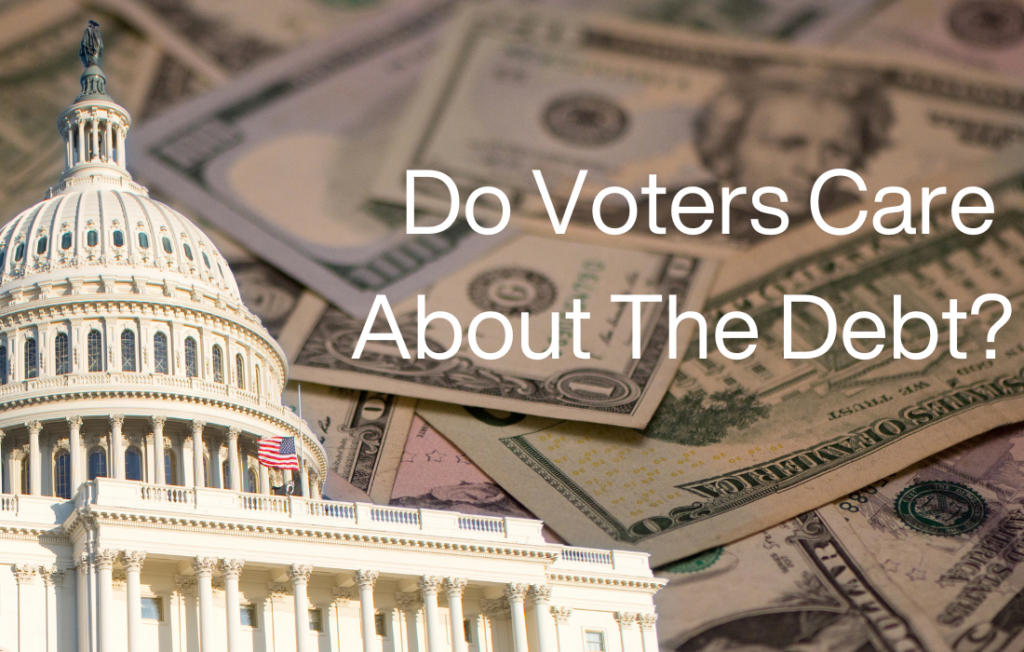
Congressional Republicans often think that voters don’t care about the national debt, but our research shows that voters care more than lawmakers may realize. This research consisted of a series of listening sessions with voters and a national survey (January 7-10) of 1200 registered voters. In a series of beliefs, several statements about the consequences […]
House Budget Committee: The Republican Budget Opportunity (via Gingrich360)
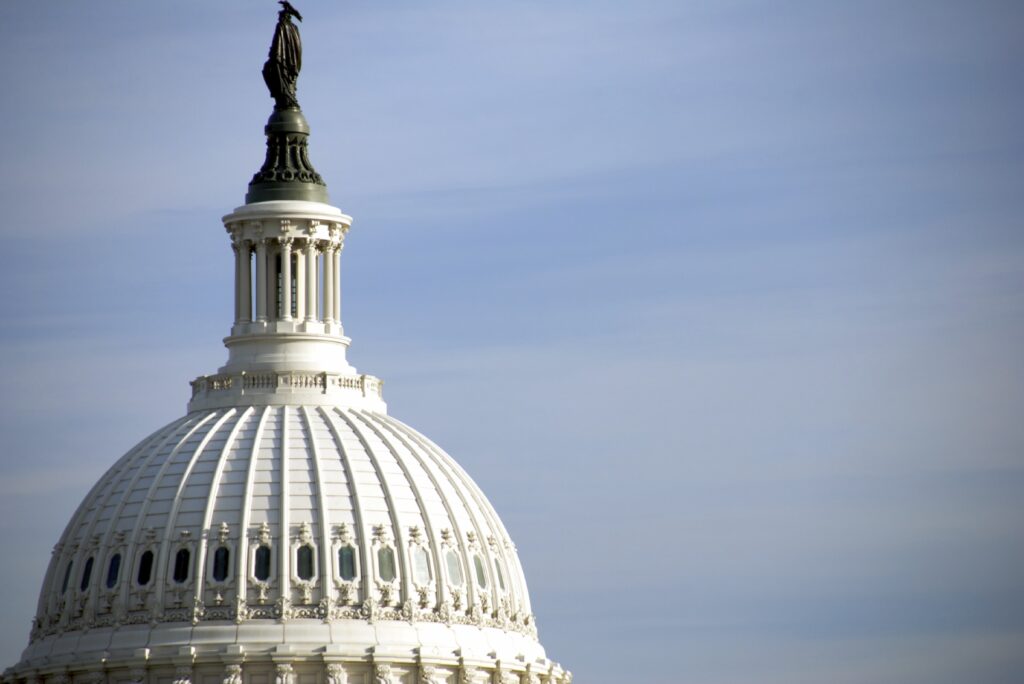
The Winston Group’s recent survey numbers, in Newt Gingrich’s recent column, cited today by the US House Committee on the Budget: Read the full piece here.
Newt Gingrich: The Republican Budget Opportunity

Newt Gingrich cites our new survey numbers in his commentary today: The Winston Group made a series of important findings after running focus groups and a survey of 1,200 registered voters in January: “1.) Inflation was the construct by which people viewed the economy and taxes. As a result, the most important personal outcome from tax policy […]
The 2025 Tax Wars Begin: New Research on Taxes and Debt
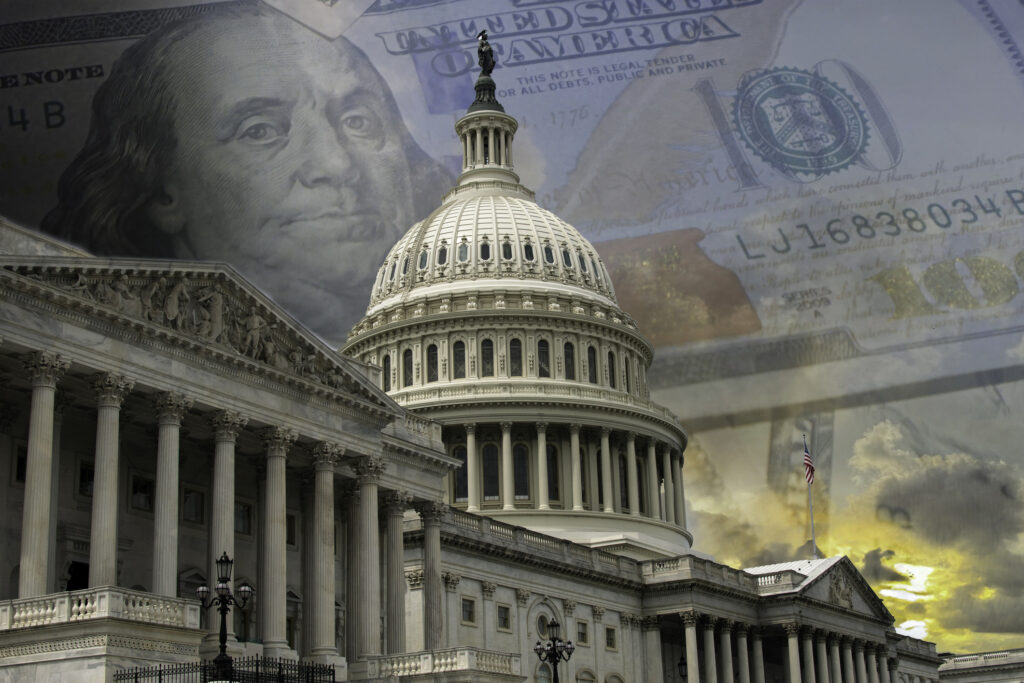
The new year kicks off the tax wars on Capitol Hill, with the TCJA individual tax provisions set to expire at the end of 2025. We have new research on taxes and the debt (a series of focus groups and a national survey of 1200 registered voters conducted January 7-10). Over the coming weeks, we’ll […]
7 Key Facts From the 2024 Election
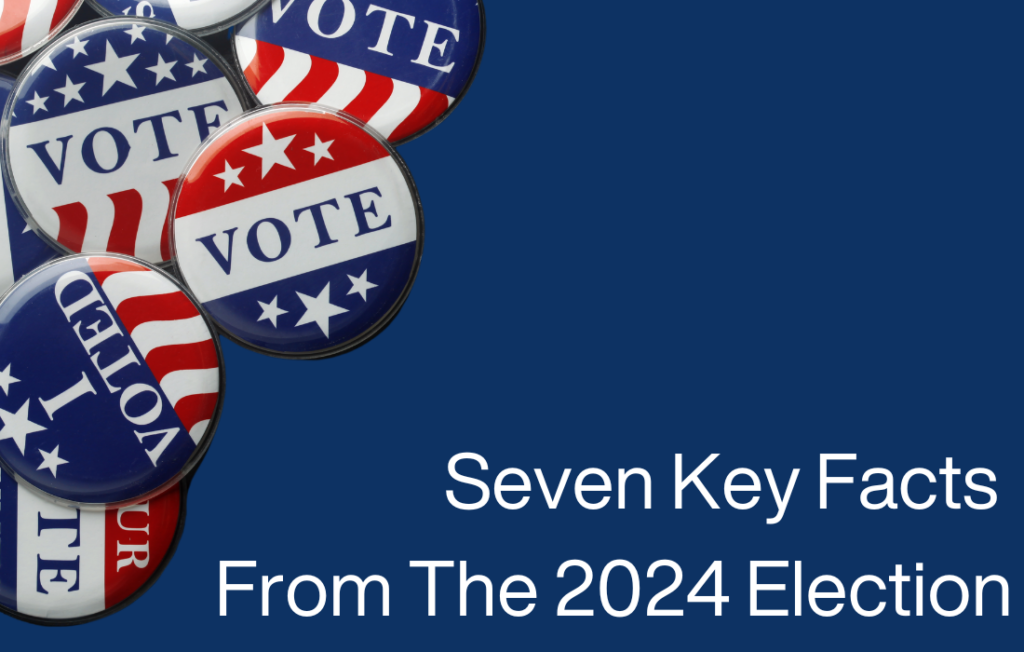
It was a new day in Washington as Trump returned to the White House and Republicans have control of the Senate and House. In light of the inaugural events, here is a recap of seven must-know facts from the 2024 election: For more election insights, see our 2024 post election report.
The Battle For Free Speech Is On

Meta has announced a change to their content moderation policies, admitting previous policies have gone too far and fact checkers “have destroyed more trust than they created.” Mark Zuckerberg called the recent election a “cultural tipping point towards once again prioritizing speech.” Nowhere is the battle over free speech more intense than in higher education, which is struggling to deal […]
The Big Change For Congressional Republicans In 2025
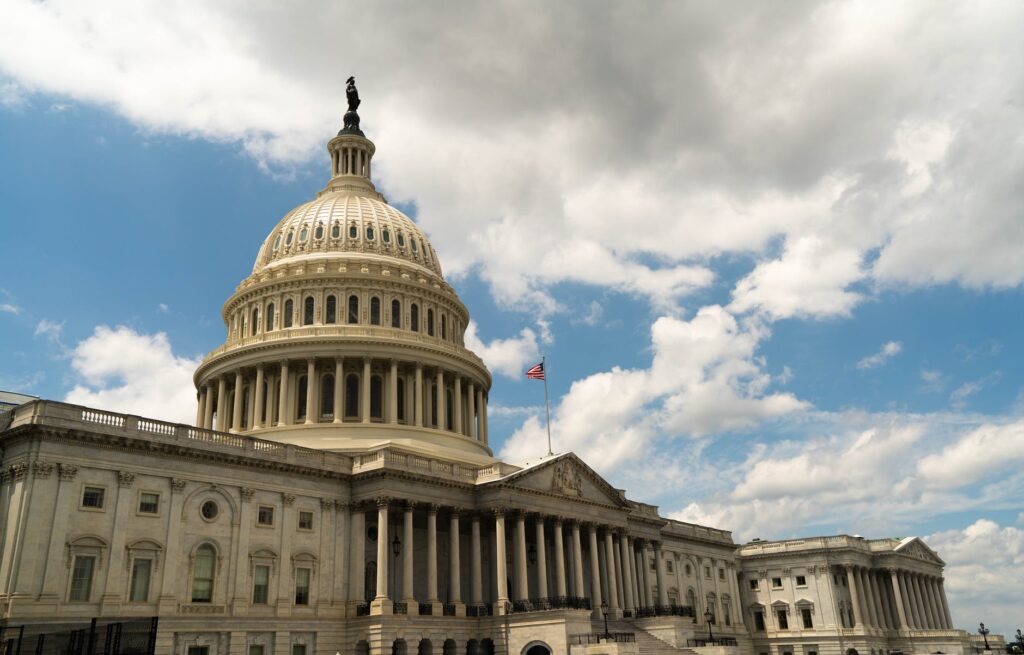
For the past four years, Republicans’ main focus has been defining Democrats and Biden policies. The communications and policy environment is about to dramatically change in the new Congress as Republicans now have the White House, Senate and House. This means that the focus can no longer be on Biden policies and their negative consequences. […]
